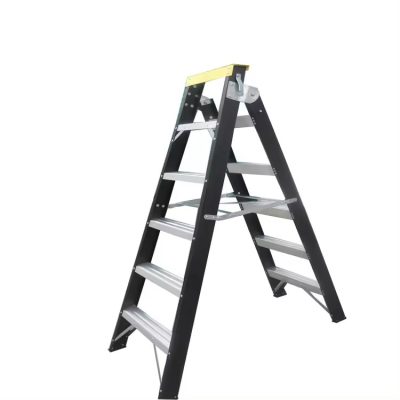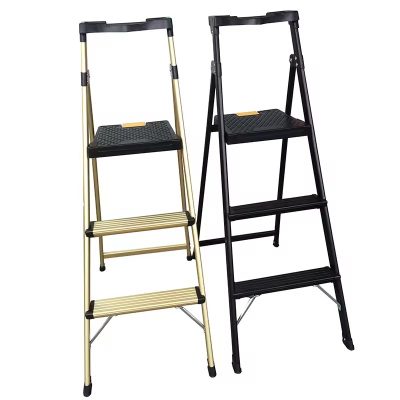Warehouses are the beating hearts of supply chains, where goods are stored, sorted, and dispatched to destinations near and far. Amidst the towering shelves and bustling activity, maintaining the efficiency and safety of warehouse operations is paramount. At the forefront of warehouse maintenance are aluminum ladders, versatile tools that provide safe and reliable access to elevated storage areas and equipment. In this exploration, we delve into the indispensable role of aluminum ladders in warehouse operations, highlighting their contributions to enhancing safety, efficiency, and the overall productivity of distribution centers.
Ascending to Warehouse Excellence:
Warehouses are expansive spaces with shelves reaching skyward, housing goods of various shapes and sizes. Aluminum ladders serve as essential tools for warehouse personnel, enabling them to access elevated storage areas for inventory management, restocking, and maintenance tasks. Whether it’s retrieving items from high shelves, inspecting equipment, or performing routine maintenance, these ladders provide stable and secure platforms to work from, ensuring that warehouse operations run smoothly and efficiently.
Safety as the Top Priority:
Safety is paramount in warehouse operations, where workers navigate through aisles filled with heavy machinery and high shelves stacked with goods. Aluminum ladders prioritize safety through robust design features such as non-slip rungs, sturdy handrails, and secure locking mechanisms. Additionally, adherence to strict safety protocols and regulations ensures that ladders are inspected regularly and maintained in optimal condition, mitigating risks and safeguarding the well-being of warehouse personnel.
Adaptability to Warehouse Environments:
Warehouses come in various sizes and layouts, with shelves arranged in different configurations to maximize storage capacity. Aluminum ladders excel in adapting to these environments, offering a range of configurations—from step and extension ladders to platform and rolling ladders—that cater to different warehouse layouts and tasks. Lightweight construction and collapsible designs enable ladders to be transported and positioned easily, ensuring that warehouse personnel can access even the most challenging areas of warehouses with ease.
Durability for Continuous Operation:
Warehouses operate around the clock, subjecting equipment and structures to constant use and wear. Aluminum ladders are prized for their durability and resilience, thanks to their construction from high-grade aluminum alloys known for their strength and corrosion resistance. These ladders withstand the rigors of regular use in warehouse environments, retaining their structural integrity and performance over extended periods, thereby contributing to the uninterrupted operation and productivity of distribution centers.
Enhancing Operational Efficiency:
By providing safe and reliable access to elevated storage areas, aluminum ladders contribute to enhancing operational efficiency in warehouses. Personnel can perform tasks more efficiently and effectively when equipped with the right tools, ensuring that goods are retrieved, restocked, and maintained with precision and speed. Moreover, the ergonomic design and user-friendly features of aluminum ladders optimize worker comfort and productivity, further enhancing overall operational efficiency and ensuring that warehouse tasks are conducted with precision and excellence.
Conclusion:
In the fast-paced and demanding world of warehouse operations, aluminum ladders emerge as indispensable tools for ensuring safety, efficiency, and productivity. By enabling safe and efficient access to elevated storage areas, these versatile ladders empower warehouse personnel to execute tasks with confidence and precision, contributing to the smooth functioning of distribution centers and supply chains. As warehouses continue to evolve and innovate, aluminum ladders will remain essential assets, ensuring that warehouse personnel can reach new heights in safety and efficiency to meet the demands of modern commerce.







